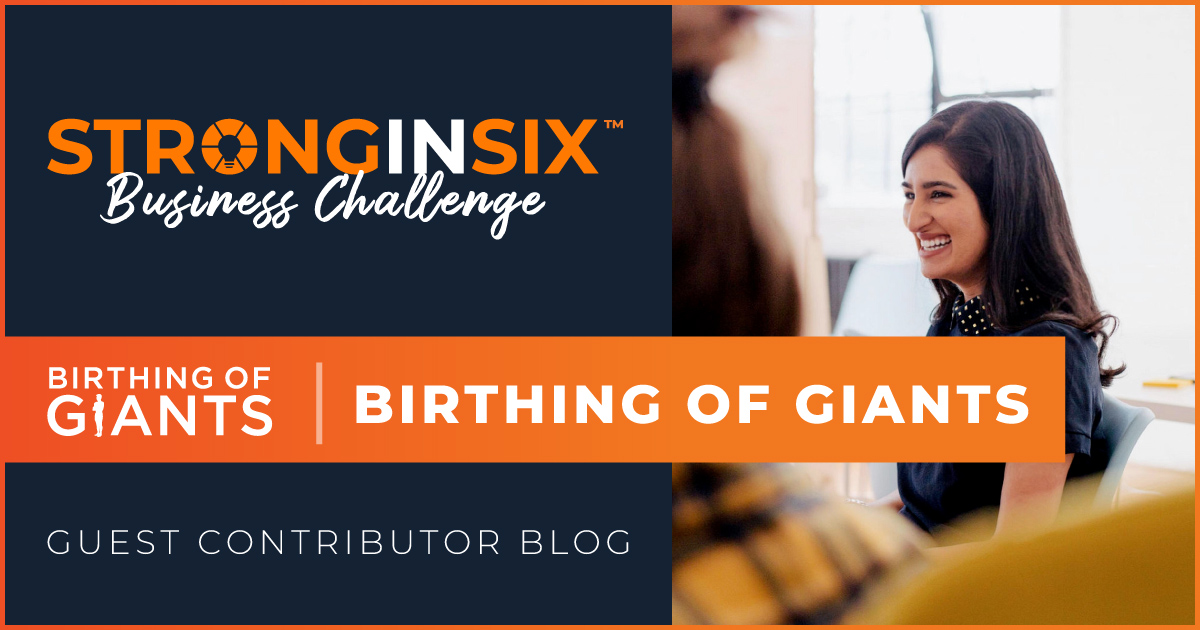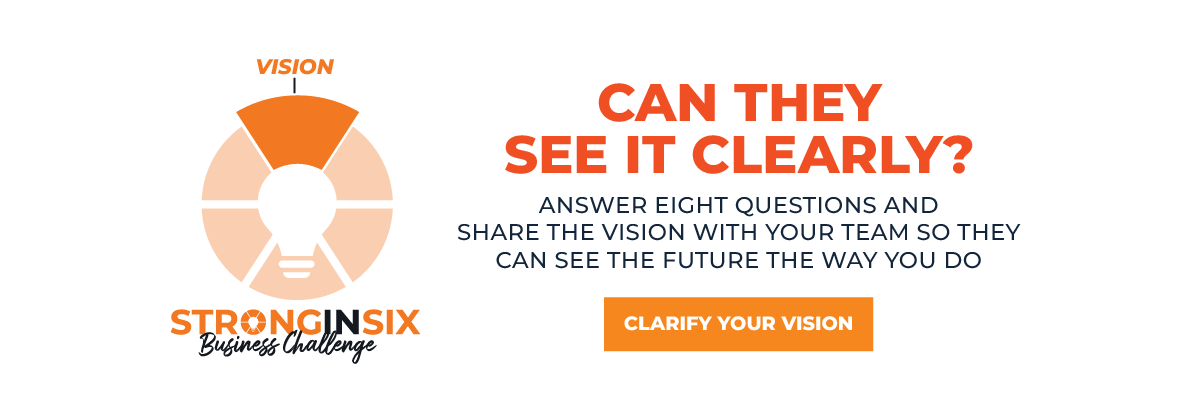
It must have felt great to be elevated to your role as Visionary after implementing EOS® at your company. Finally being free of the day-to-day work and seeing your Integrator™ flourish in their role reminds me of the day one graduates from high school and heads off to college.
Like choosing a college and a major, there are so many choices a Visionary gets to make. You have the opportunity to reconceive your role in terms of:
- Strategy
- Finance
- Innovation
- Revenue
Big words, even bigger areas to master.
Strategy
Strategy boils down to this: What kind of company are you trying to build?
- A small but profitable company
- A really big company
- A company that you can sell
You can’t reach a goal if you don’t know what the goal is. As the Visionary, your answer to this question will dictate the strategy you pursue.
Finance
Do you know that your company has a secret stakeholder? They’re called the capital markets. This can be your local bank, private equity, venture capital, corporate M&A, and others.
Each of those capital sources could be excited to work with you, but you’ll have to learn what’s important to them first. What’s important to private equity (steady profits) is not the same as what’s important to venture capital (rising enterprise value).
Part of being a Visionary is becoming an expert in capital markets so you can attract the right kind of money to your business at the right time and on the right terms.
Innovation
How is your company perceived in the marketplace? Is your product or service a commodity, or is it unique and can’t be easily found elsewhere? How you and your company innovate will determine how much you can charge (which in turn dictates profits) and how valuable you are in your sector (which in turn dictates enterprise value).
A Visionary must work toward the future, and that means innovation in technology, innovation in business models, and how you leverage your human capital.
Revenue
For many companies, all growth eventually gets stymied because the Visionary is also the company’s best salesperson. One way you can deliver huge value as a Visionary is by assembling a professionalized customer acquisition program – one that can scale and leverage technology to accomplish what you’ve been able to do mostly on your own.
To grow the business as a Visionary, you must build a scalable, systematic, data-driven customer acquisition program.
Transforming your company into an EOS company turned you into a Visionary. Now you must master entirely new aspects of your business to help you reach your next level of success.
Words like “scale” and “leverage” take on new meanings at this stage of growth as the rules of the game change rapidly. It’s exciting! It’s also entirely in your control. You can choose to scale radically or simply improve the profitability of the business at every level. You can even do both of those things at the same time.
You’ve graduated to Visionary status. Now it’s time to pursue your advanced degree in success.
Lewis Schiff is the Chairman of the Board of Experts for the Birthing of Giants Fellowship Program, a five-day boot camp based on a road map derived from interviews with 1,100 owners of fast-growth companies. Fellows must be invited to participate. Lewis is also the author of Business Brilliant and The First Habit. Lewis sold two businesses to publicly traded companies prior to joining Birthing of Giants.





